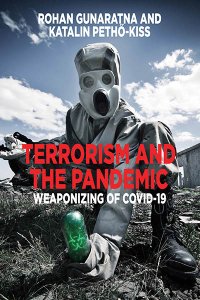By Parsons, Chelsea; Bengali, Ruhi; Zale, Courtney; Geller, Lisa; Cantrell, Spencer
From the document: "Extreme Risk Protection Order (ERPO) laws create an opportunity to intervene and prevent firearm violence when there are warning signs that an individual poses a risk of harm to self or others. While ERPO laws are relatively new, a growing body of research demonstrates the potential for these laws to prevent firearm violence, particularly firearm suicide, and multiple victim/mass shootings. Interest in ERPO laws has increased in recent years, with 16 states having enacted these laws between 2018 and 2023. Implementation varies widely across and within states. As a result of strong ERPO implementation efforts in some jurisdictions, more information is now available for state and local leaders about how to implement and adapt ERPO laws for their own communities. In addition, the Bipartisan Safer Communities Act of 2022 included $750 million in new federal grant funding for states, some of which is designated to support ERPO implementation. To meet this moment, the Everytown for Gun Safety Support Fund and the Johns Hopkins Center for Gun Violence Solutions have partnered to compile this guide of the best available practices and promising approaches to effective implementation of extreme risk laws. These recommendations are informed by conversations with individuals who are pioneering ERPO implementation, in addition to the best practices shared at a December 2022 convening of ERPO leaders from around the country."
Johns Hopkins Center for Gun Violence Solutions. Everytown for Gun Safety. 2023. 52p.





















